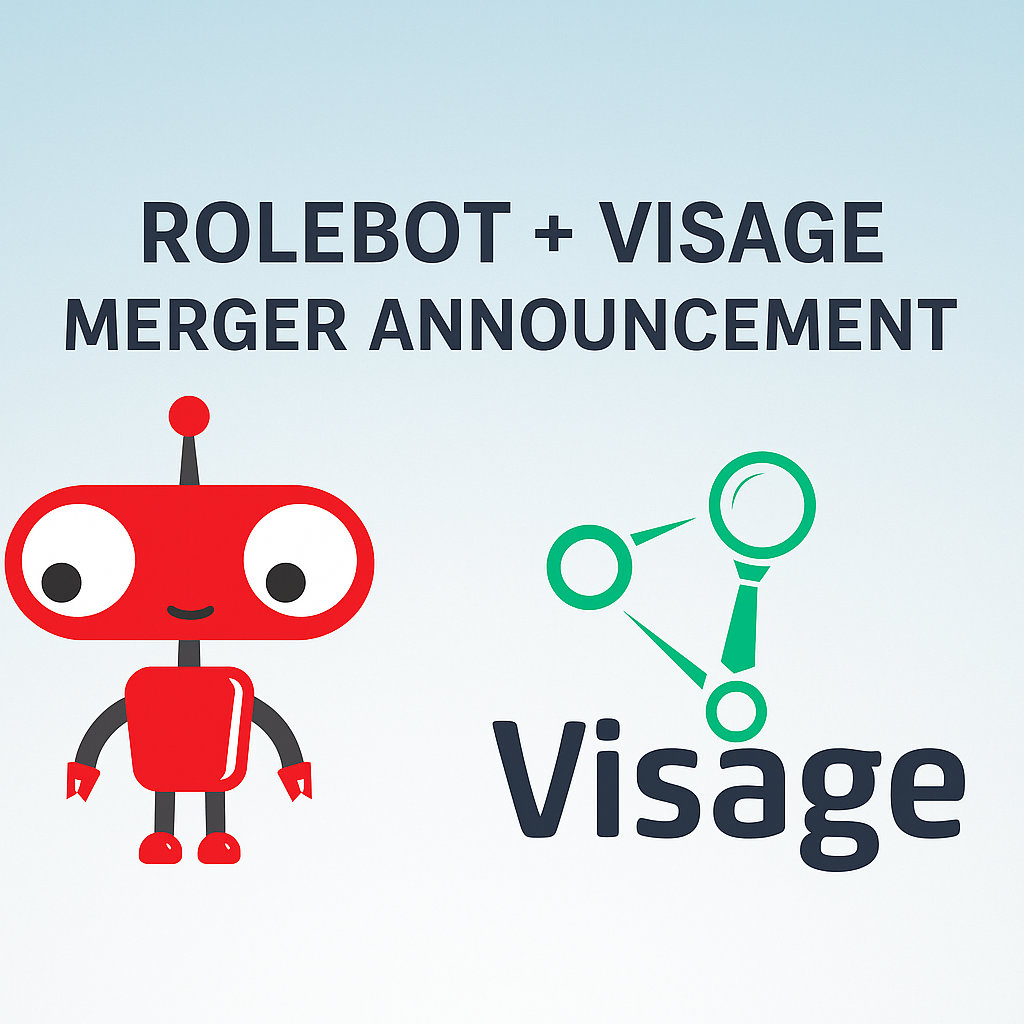The Long and Winding Road to Hiring: Overcoming Common Roadblocks to Streamline Recruitment
Are you tired of spending countless hours sifting through resumes and conducting interviews only to find that the perfect candidate has already accepted another job? Do you ever wonder why hiring someone is so painfully slow? Well, my friend, you're not alone. Hiring managers across the globe struggle with a lengthy and frustrating hiring process.
The waiting game isn’t fun for job seekers, either. Feeling stuck in limbo while companies take ages to make hiring decisions is irritating and disappointing.
Thankfully, it doesn’t have to be like this.
What are some common roadblocks that delay the hiring process?
Some of the most common bottlenecks include:
- Inefficient Screening Processes
With the sheer number of applications and resumes received for each job opening, hiring managers can get overwhelmed. They often rely on applicant tracking systems (ATS) to filter out candidates based on keywords and other criteria, which can lead to qualified candidates slipping through the cracks. A poorly functioning ATS can yield lost resumes, difficulty tracking candidates and a stalled hiring process. - Lack of Communication
Communication breakdowns can cause confusion and frustration for both job seekers and employers. Failure to provide timely updates on the status of the hiring process, feedback on interviews or next steps can leave candidates feeling disengaged and unappreciated. One of the most common roadblocks is a lack of communication between hiring managers and recruiters. Career Plug’s 2023 report found that 85 percent of job seekers rated hiring process transparency as an “important” or “very important” factor when choosing an employer. A lack of communication can result in delays, missed deadlines and lost candidates. - Lengthy Interview Processes
Some companies have a multi-step interview process, which can be time-consuming and lead to long wait times for candidates. While it's essential to thoroughly vet talent, an overly complex interview process can turn off sought-after professionals. If nothing else, competitors with more streamlined hiring processes will swoop down and snatch your top candidates before you can make an offer. - Internal Delays
Sometimes, the hiring process can get bogged down by internal issues, such as scheduling conflicts or decision-making processes. Multiple decision-makers may need to review a candidate's application, leading to extended wait times for job seekers. Annoyed candidates might withdraw their candidacy or have another organization offer them a role faster. - Over-Reliance on Skills
While skills are essential for any job, over-reliance on skills can be a significant roadblock in hiring. Hiring managers may overlook candidates with the right attitude and who might be a tremendous cultural add if they don't possess the specific skills needed for the job.
How can organizations identify and address these bottlenecks to streamline their recruitment process?
To overcome these roadblocks and speed up the hiring process, several steps can be taken:
- Optimize Screening Processes
Hiring managers can work with HR teams to create more efficient screening processes that prioritize essential qualifications and reduce the reliance on ATS keyword searches. They can also leverage tools such as AI-powered chatbots to engage with candidates and provide timely feedback or platforms that alleviate the need for manual sourcing and let the role take the lead in surfacing qualified talent—Rolebot plug! - Improve Communication
Employers can set clear expectations for communication throughout the hiring process and provide regular updates to candidates. They can also automate certain communication processes, such as interview scheduling, to ensure consistency and reduce the risk of human error. - Simplify Interview Processes
Companies can streamline their interview processes by reducing the number of steps and decision-makers involved. They can also use video interviews or other remote interviewing technologies to minimize scheduling conflicts and speed up the process. - Address Internal Delays
Employers can work to identify and address internal bottlenecks that may be slowing down the hiring process. This may involve restructuring decision-making processes, setting clear deadlines for feedback or providing training to improve internal communication and collaboration. In the interim, ensuring you update the candidates on your delays can help prevent them from having a sour taste in their mouths about your business. - Streamline Alignment Between Hiring Managers and Recruiters
A lack of alignment between hiring managers and recruiters accentuates delays. Before opening a role, hold an intake meeting to ensure both parties are aligned. Get on the same page regarding hiring timelines, the proposed salary, what the interview process will look like, any assessments involved and a short list of must-haves for the position.
The Impact of a Slow Hiring Process on Candidate Experience
A slow hiring process can have a negative impact on the perception of a company among candidates. According to a Robert Half survey, almost one-quarter of candidates lose interest if they don’t hear back within one week. Forty-six percent lose interest if they don’t receive any status updates within one to two weeks after their interview. Thirty-nine percent say a long-winded recruitment process would make them lose interest and assess alternative opportunities.
Some of the consequences of a negative candidate experience include:
- Damage to Employer Brand
A poor candidate experience can damage an employer's reputation and make it more challenging to attract top talent in the future. A negative candidate experience can have several consequences for organizations. According to a report by CareerPlug, 72 percent of candidates with a negative experience will share their experience with others. This can damage the company's reputation and make it difficult to attract top talent in the future.
Negative reviews on sites like Glassdoor can be a red flag for job seekers and can impact a company's ability to recruit in the long term. - Loss of Potential Business
A negative candidate experience can even hurt your bottom line. Those with poor candidate experiences will be less likely to consider your company a contender when evaluating potential vendors and partners. - Professionals Won’t Reapply for Jobs
Candidates dissatisfied with how an employer handled their application will be far less likely to ever seek employment at the organization again.
The cost of an empty seat?
A negative candidate experience can lead to increased hiring costs. According to a report by SHRM, the average cost-per-hire is $4,700. A slow hiring process can increase this cost by extending the time it takes to fill a position and requiring additional recruiting efforts.
These costs only increase the longer a seat remains open. An open seat can lead to decreased productivity, increased stress on the existing team and diminished morale. When a job vacancy is left unfilled, the workload for existing employees often increases. This can lead to burnout, decreased productivity and even higher absenteeism rates.
When a job vacancy remains unfilled for an extended period of time, it can send a message to your employees that their contributions are not valued or that the company is not growing. This can lead to disengagement and decreased motivation.
The longer a job vacancy remains unfilled, the more it can impact your bottom line. For example, if a sales position is left open for several months, the company may miss out on potential sales opportunities. Similarly, if a customer service position is left open, it could lead to a decrease in customer satisfaction and a loss of business.
How can teams minimize the impact of an open seat?
- Prioritize Hiring
Make hiring a priority and allocate the necessary resources to ensure a timely and effective hiring process.
- Streamline the Hiring Process
Look for ways to streamline your hiring processes, such as using technology like Rolebot. By marrying the latest advancements in AI with the digital footprint of individuals, Rolebot delivers passive talent autonomously–removing the need for manual sourcing. - Communicate With Your Team
Keep your team informed about the status of open seats and the progress of the hiring process. This can help alleviate anxiety and promote a sense of transparency. - Consider Temporary or Contract Workers
If a job vacancy is expected to be short-term, consider hiring a temporary or contract worker to fill the gap.
The actual cost of an open seat is more than just the upfront expenses associated with hiring. It can impact productivity, morale, and, ultimately, your bottom line.
In the hiring process, there are roadblocks and detours, and sometimes, you might even get lost. The important thing is that you’re continuously working to make the experience the best it can be for candidates, recruiters and your business.
This Could Also Interest You:



